Huang emphasised that India is at the heart of NVIDIA’s plans as the world enters the “intelligence age.” Huang also revealed that India is set to multiply its compute capacity 20X by the end of this year, demonstrating the country’s growing significance in the global tech landscape read more
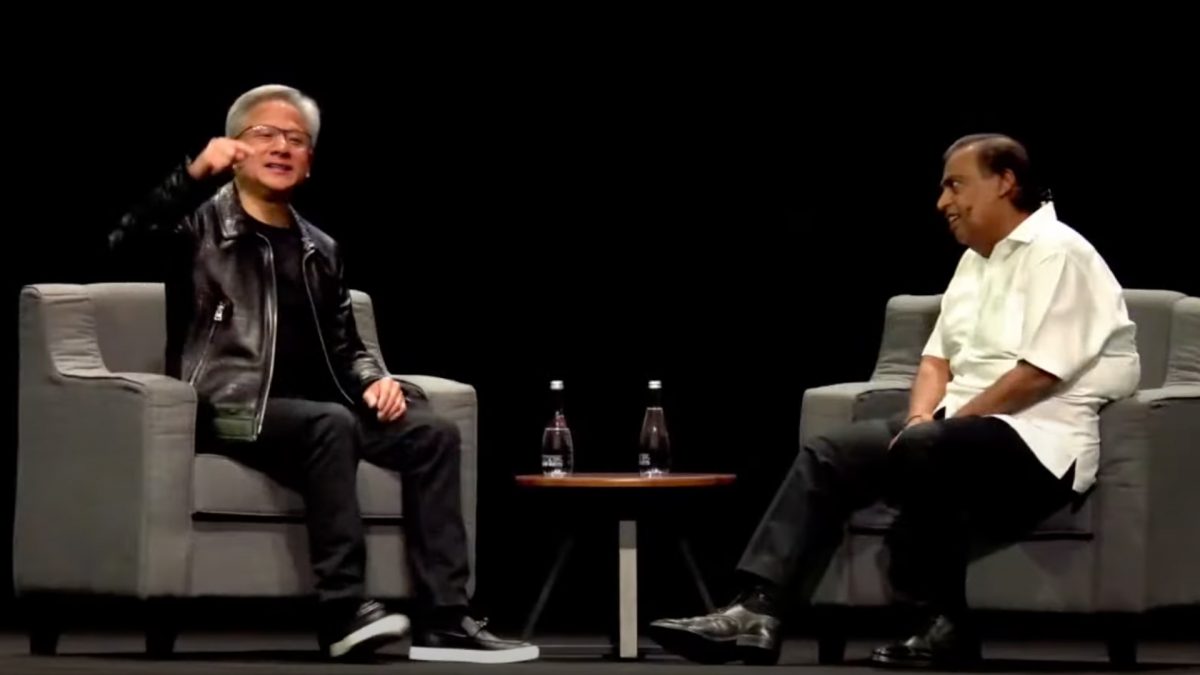)
Huang outlined India’s potential to evolve from being a global IT back-office to a hub for next-generation AI, referring to this shift as "Software 2.0." Image Credit: NVIDIA
At the NVIDIA AI Summit in Mumbai, Mukesh Ambani, chairman of Reliance Industries, and NVIDIA CEO Jensen Huang shared a dynamic exchange about India’s potential in shaping the future of artificial intelligence.
Ambani playfully remarked that his version of NVIDIA is “Vidya,” a Sanskrit term meaning knowledge, representing the Hindu goddess Saraswati. He noted that knowledge attracts Lakshmi, the goddess of wealth. Huang responded enthusiastically, suggesting that he might have named his company perfectly, given NVIDIA’s growing ties with India.
Huang underscored the central role India plays for NVIDIA, pointing out that the company’s name almost spells “India” without the “V.”
He emphasised that India is at the heart of NVIDIA’s ambitions as the world enters what he called the “intelligence age.” NVIDIA, headquartered in Santa Clara, California, has quickly become one of the most valuable companies globally, with a market capitalisation of $3.39 trillion — just trailing Apple’s $3.57 trillion.
In his address, Huang highlighted that the days of relying on Moore’s law, which predicted computing power would double every two years, are over. With AI and advanced technologies, progress is now accelerating fourfold annually, leading to what he called “computing inflation.”
Huang also revealed that India is set to multiply its computing hardware infrastructure 20 times by the end of this year, demonstrating the country’s growing significance in the global tech landscape.
Ambani praised India’s digital transformation, driven by Reliance Jio, which propelled the country from 158th to first place globally in terms of digital connectivity within just eight years.
He pointed out that data in India is far cheaper than in most parts of the world, with Jio charging only 15 cents per gigabyte compared to the $5 cost in the US. Ambani stressed the importance of using AI responsibly to benefit the Global South, ensuring that these technologies bridge global inequalities rather than widening them.
Huang outlined India’s potential to evolve from being a global IT back-office to a hub for next-generation AI, referring to this shift as “Software 2.0.” He noted that India’s success in developing AI-powered software could soon lead to the country exporting advanced AI solutions worldwide.
However, he acknowledged the unique challenge posed by India’s linguistic diversity, making it one of the toughest regions to build large language models (LLMs).
“Once you crack LLMs in India,” Huang said, “you can build them anywhere in the world.” He specifically highlighted the complexity of Hindi, where dialects change every 50 kilometres, making it a monumental challenge for AI development. Huang concluded by stressing that AI progress isn’t following Moore’s law, as the demand for computing speed now grows exponentially, reshaping the landscape of technology and innovation.

 2 weeks ago
12
2 weeks ago
12
)
)
)
)
)
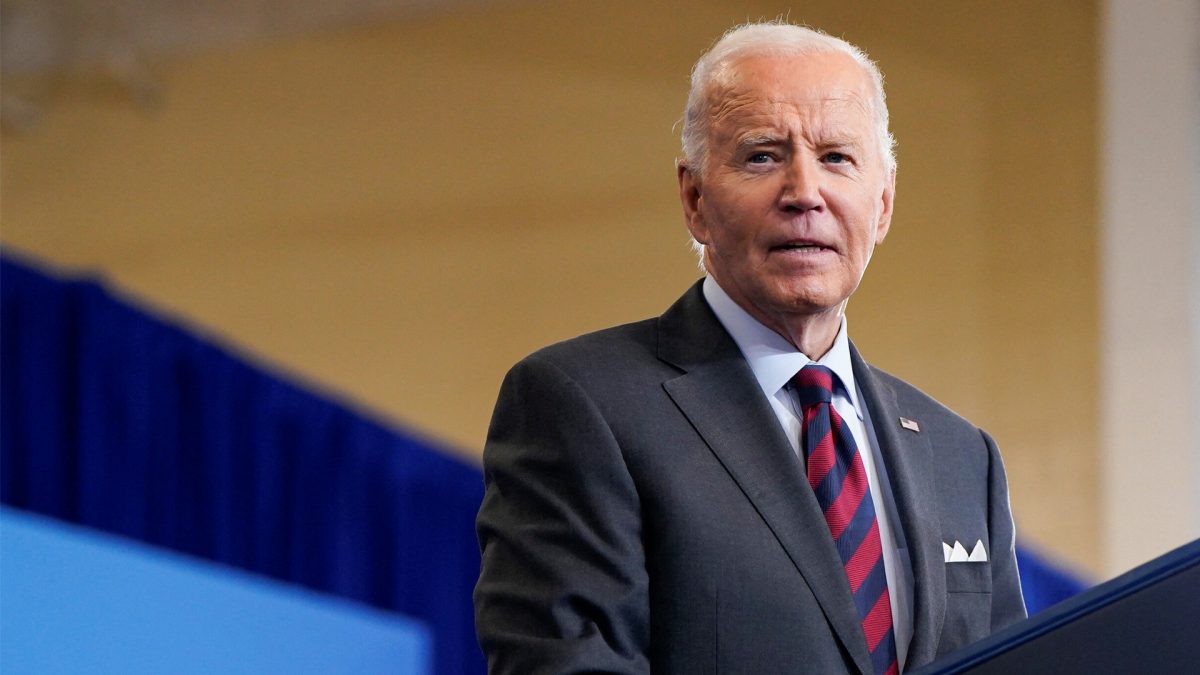)
)
)
)
)
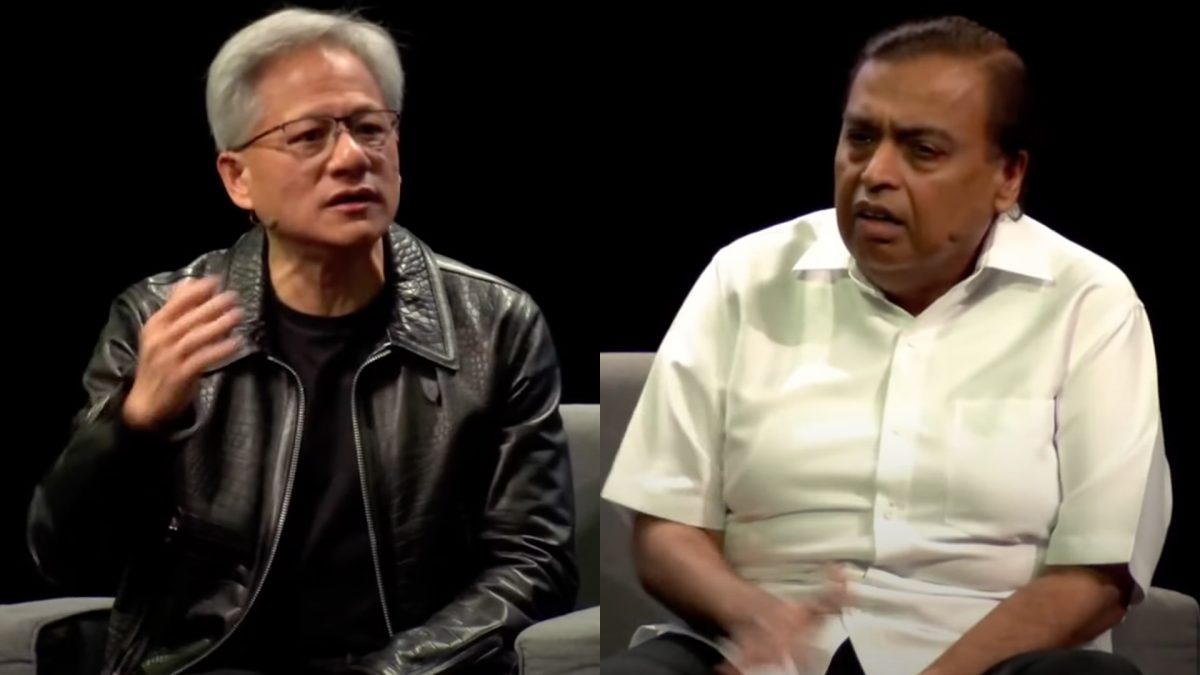)
)
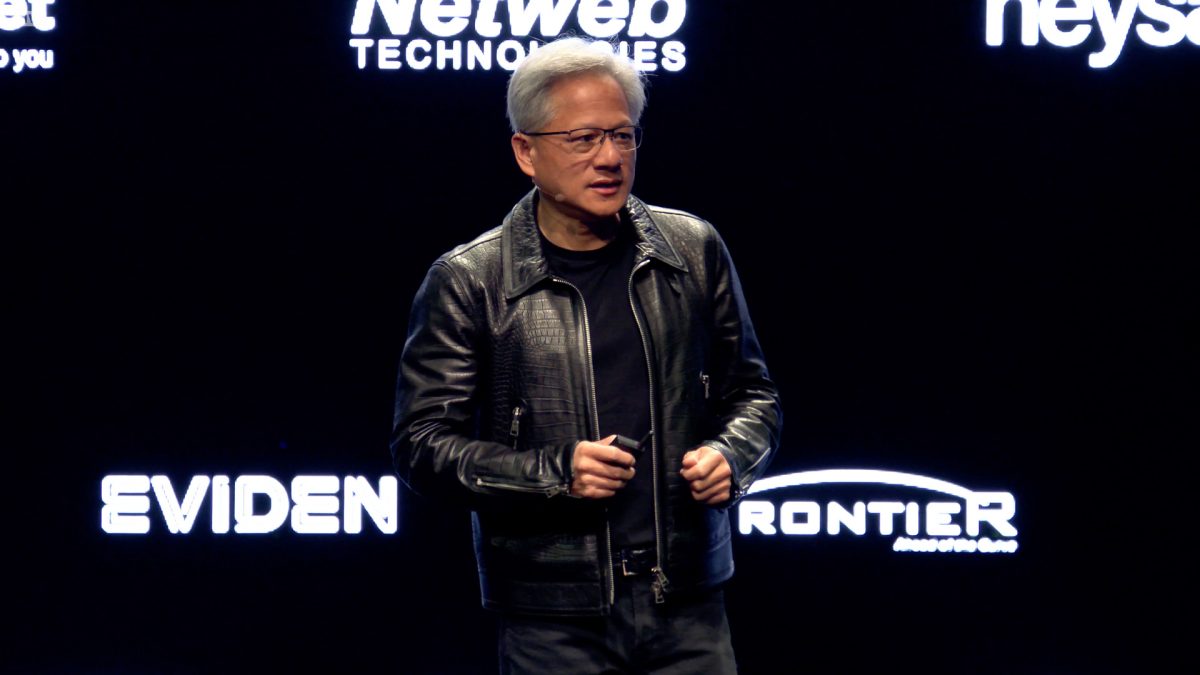)
)
)
)
)
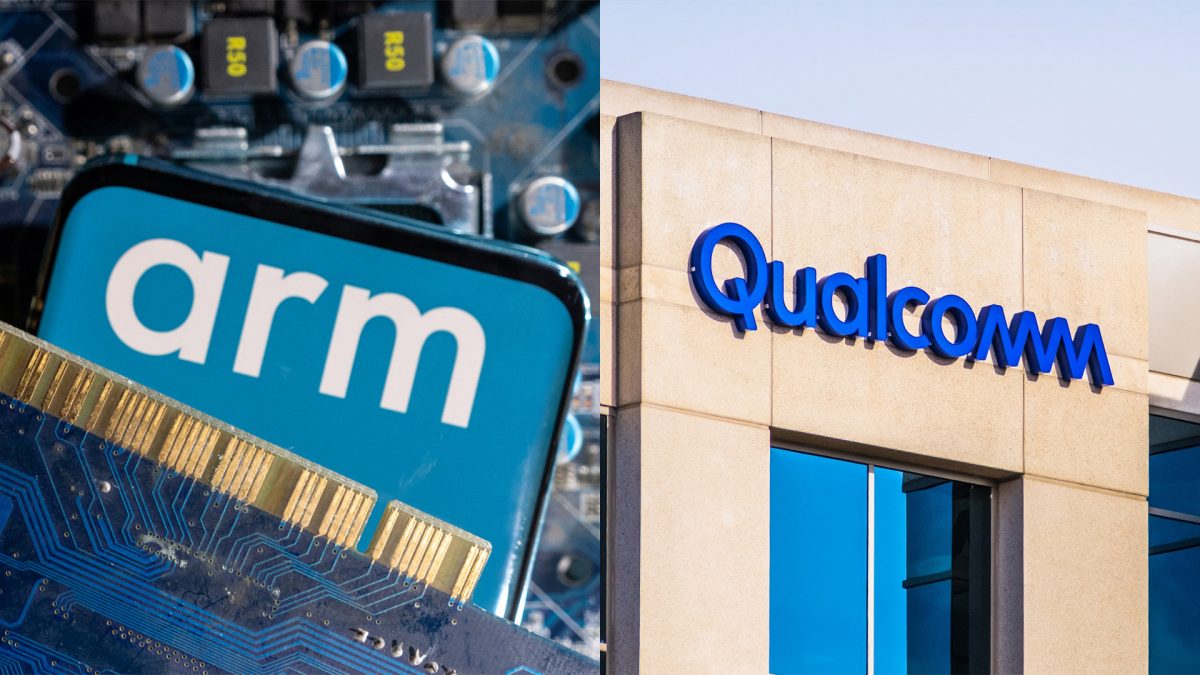)
)
)
)
)
)
)
)
 English (US) ·
English (US) ·